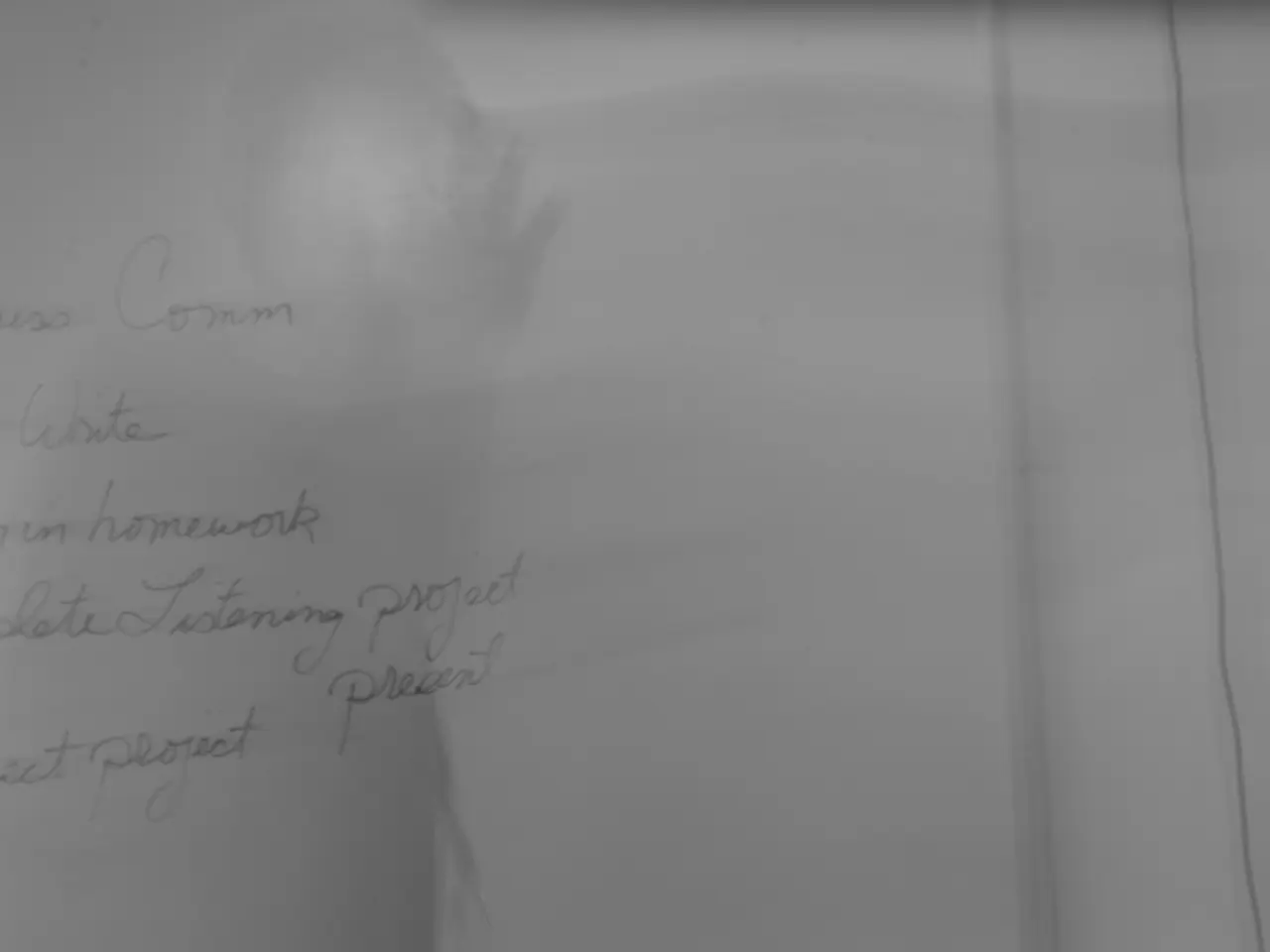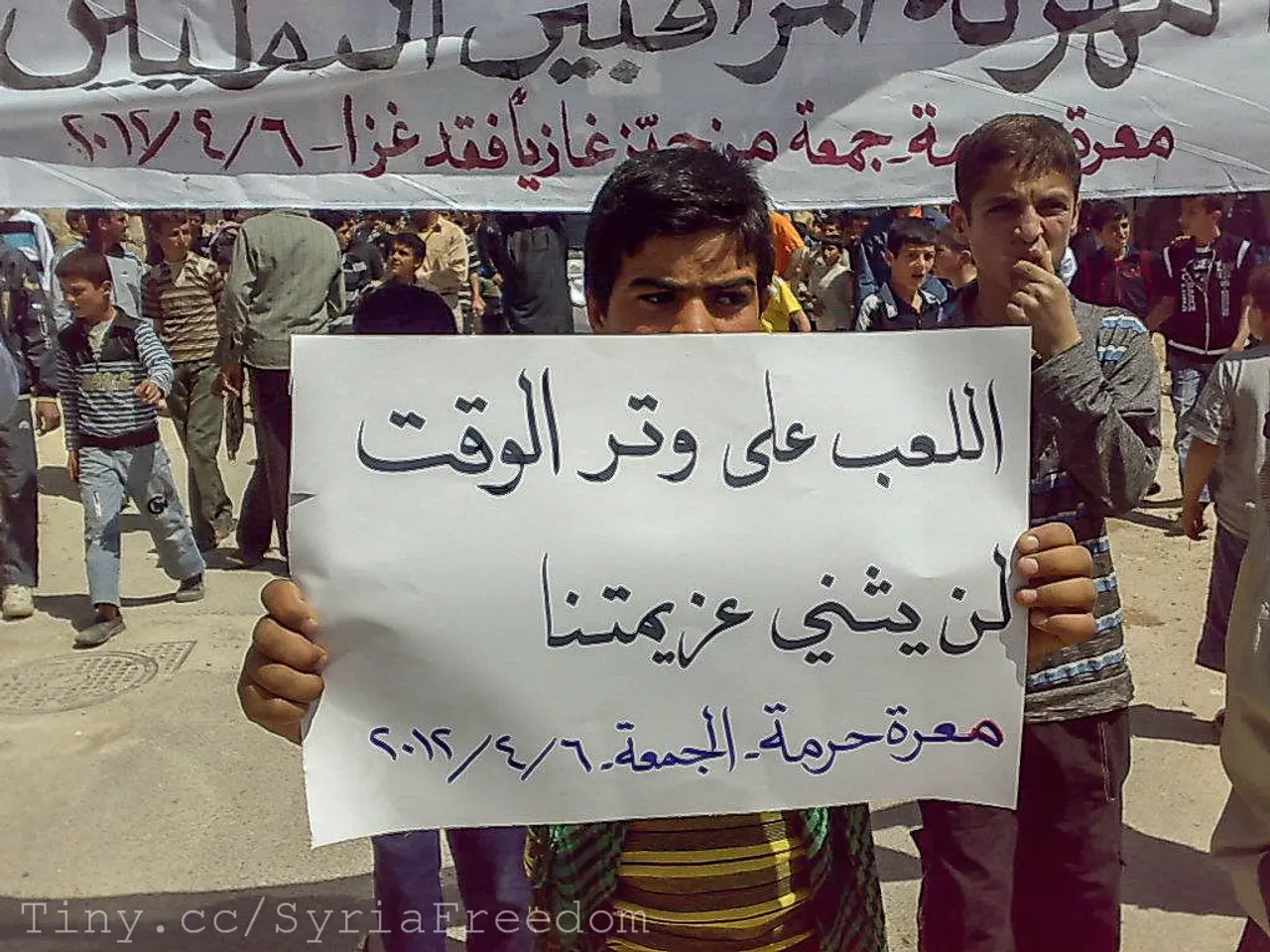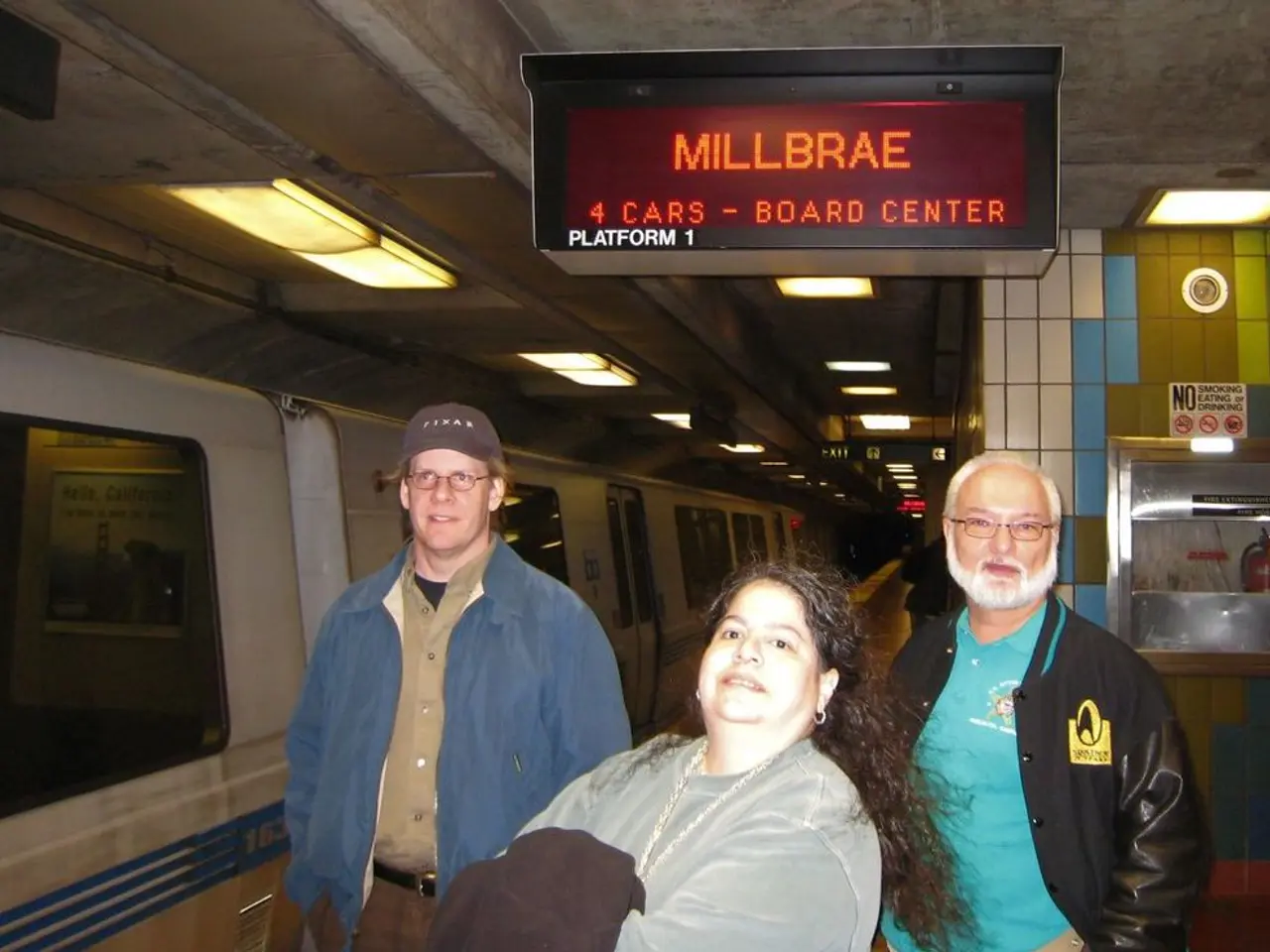Summary of Fast and Slow Thinking: A Discussion on Decision-Making Processes and Their Implications
In the realm of psychology and behavioural economics, Daniel Kahneman's "Thinking, Fast and Slow" stands out as a groundbreaking work that challenges our assumptions about human rationality. The book delves into the inner workings of the human mind, revealing how our thoughts and decisions are shaped by two distinct systems: System 1 and System 2.
System 1 is our intuitive, automatic, and emotional thinking system. It operates rapidly and with little effort, running continuous intuitive assessments in the background. On the other hand, System 2 is our conscious, deliberate, and analytical thinking system. It allocates attention to mental activities that require effort, complex reasoning, and conscious thought.
The book sheds light on how our reliance on System 1 often leads to cognitive biases and errors, even when we think we are being rational. Many common mistakes, such as overconfidence, anchoring, and availability heuristics, arise because System 1 dominates in situations where careful analysis would be preferable.
People often fail to recognise the limits and pitfalls of intuition, leading to predictable mistakes. However, by becoming aware of these systems and biases, one can apply practical strategies to pause, engage System 2 more, and make more informed, rational decisions.
The book blends psychological research with real-life examples to illustrate how this dual-system model affects judgments, choices, and behaviours across various domains. It is a compelling read that aims to improve decision quality by fostering awareness of our mental processes.
Some of the key quotes from the book include:
- "Nothing in life is as important as you think it is, while you are thinking about it."
- "Our comforting conviction that the world makes sense rests on a secure foundation: our almost unlimited ability to ignore our ignorance."
- "We focus on our goal, anchor on our plan, and neglect relevant base rates, exposing ourselves to the planning fallacy."
- "The confidence that individuals have in their beliefs depends mostly on the quality of the story they can tell about what they see, even if they see little."
- "We are prone to overestimate how much we understand about the world and to underestimate the role of chance in events."
- "We can be blind to the obvious, and we are also blind to our blindness."
In a world where quick decisions are often required, it's essential to understand the limitations of our fast thinking and to learn how to engage our slower, smarter thinking when needed. As Kahneman wisely notes, "If you care about being thought credible and intelligent, do not use complex language where simpler language will do."
Meanwhile, if you're seeking a slower pace and a mindful approach to your daily routine, you might find the video "Slow Morning Routine: Living Slowly (Mindful Habits)" to be a useful resource. This video, accessible on Open.Video, offers insights into a slower, more intentional way of living.
Whether you're making important decisions at work, navigating personal relationships, or simply seeking to live a more mindful life, the lessons from "Thinking, Fast and Slow" can provide valuable insights and practical techniques for better decision-making.
In the midst of a fast-paced world demanding immediate decisions, the need to comprehend the limitations of our instinctive thinking becomes crucial. By adopting a mindful and slower approach to life, as demonstrated in the video "Slow Morning Routine: Living Slowly (Mindful Habits)", one might find it easier to engage the slower, more intelligent thinking when required. On the other hand, if one is particularly intrigued by the world of books and entertainment, Daniel Kahneman's "Thinking, Fast and Slow" offers captivating insights into human decision-making and cognitive biases, shedding light on the dual-system model that controls our judgments, choices, and behaviors.








